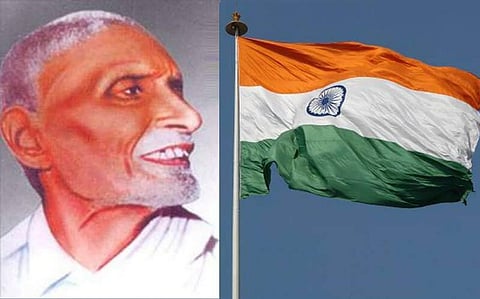Kerala's extended home, the Gulf region, observes Karkidakam too. The Malayalees there do it too, perhaps, to not be left behind in the race to preserve cultural values. Temples, religious and spiritual organizations have kept Ramayana Masam celebrations alive by ensuring their continuity through elaborate programmes, public discourses, plays, recitals and competitions based on the Ramayana. These kinds of initiatives take the nitty-gritty of the season through television to the drawing rooms of Malayalees around the world.


